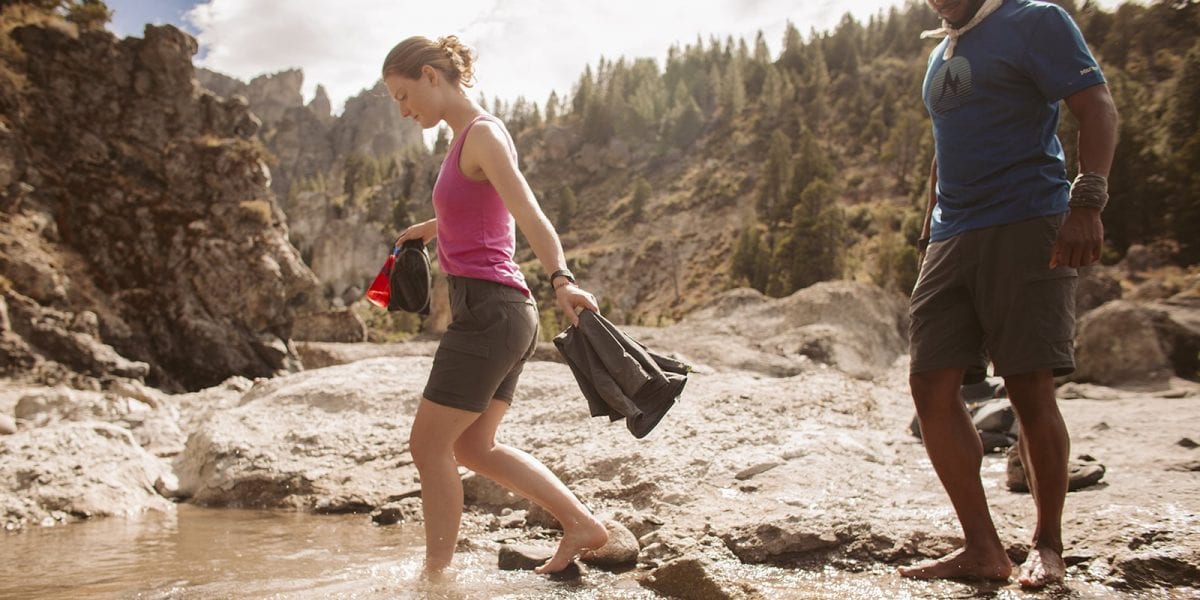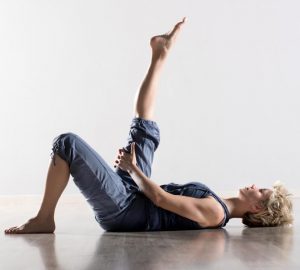Hiking is a rewarding and invigorating pastime enjoyed by numerous people all over the world. It is one of those adventures that require a lot of physical activity. Hikes can take a good few hours or even several days, depending on the trail and destination you’ve picked. From rocky trails to steep ones, each one has its own obstacles and difficulty level, but also requires you to exert a whole lot of effort and add strain to your muscles. So, next time you go on a new adventure and visit a new hiking spot, here’s why you should wear a knee support:
Supports your Joints
Hiking is an activity that requires you to jump, climb, squat, and sometimes even crawl, depending on the trail. Unfortunately, these movements can stiffen your muscles and have a negative impact on your joints when done for a long period of time, causing severe pain. Experts over at powerrebound.com recommend using support to protect your joints while hiking. Knee pads work to support the thighs and calves, which can really help reduce the pressure on the knees. They also offer extra support to help you put up with the added pressure on your back and shoulders from carrying your backpack. With this kind of support, you’ll be able to continue your long hikes without affecting your joints or putting too much pressure on them, allowing you to enjoy the hike with minimal pain and health concerns.
Provides an Extra Layer of Protection
When hiking through a new trail, it is quite common that you encounter rocky parts, wild trees or even slippery slopes where you could easily lose your balance. However, wearing support could provide you with an extra layer of cushioning to protect your knees from any damage, pain or even getting grazed. When the knees get injured, even walking seems like a difficult task to do and that’s why this extra layer of support can come in really handy when you don’t know what to expect.
Easy to Use
One of the advantages of wearing knee support is that it’s so easy to use. You can choose to wear it on top of your clothes or underneath them and then adjust it to your comfort and needs by choosing how tight you want it to be and just putting it on by latching the Velcro strap on. Because it’s so easy to use, it is also very easy to take off in case it starts bothering you during your hike, making it possible to remove it and place it in your backpack in just a couple of seconds. Because it is lightweight and small, it does not take much space and is easy to carry with you at all times. It is also made of breathable fabric, making it great for warm weather, as well as easily letting the sweat evaporate from your body while enduring the hike. In most cases, the fabric is also a non-slip one and is, thus, convenient when hiking, too.
Strong Lifting Power
You never know what will happen on a hike, what obstacle will stand in your way or even what you’ll have to lift – except for your already heavy backpack, of course. But wearing knee support is not only useful in terms of protecting your joints, but can also give you the ability to lift and withstand even more weight than you’re used to. In some cases, a knee support pad can support 20 kg of your weight on each knee, reducing the weight and feel of your body by at least 40 kg! Can you imagine how light that will make you feel? This will not only make you feel as light as a feather and give you the ability to whisk through your hike a whole lot faster, exerting less energy, but will also give you the ability to carry heavier items and not even get tired as your body is used to carrying at least 40 kg more weight, already. These properties can come in pretty handy and give you more power and speed to enjoy your hike to the fullest without worrying about your knees.
Wearing knee support allows you to not only be more confident, but also enjoy hiking and whatever comes with it in a different way. With the right support, extra power and feeling a whole lot lighter, you’ll be ready to take on the hike with all its adventures without getting tired or putting your knees in danger, especially if you’re going out on a new trail or a longer one.








